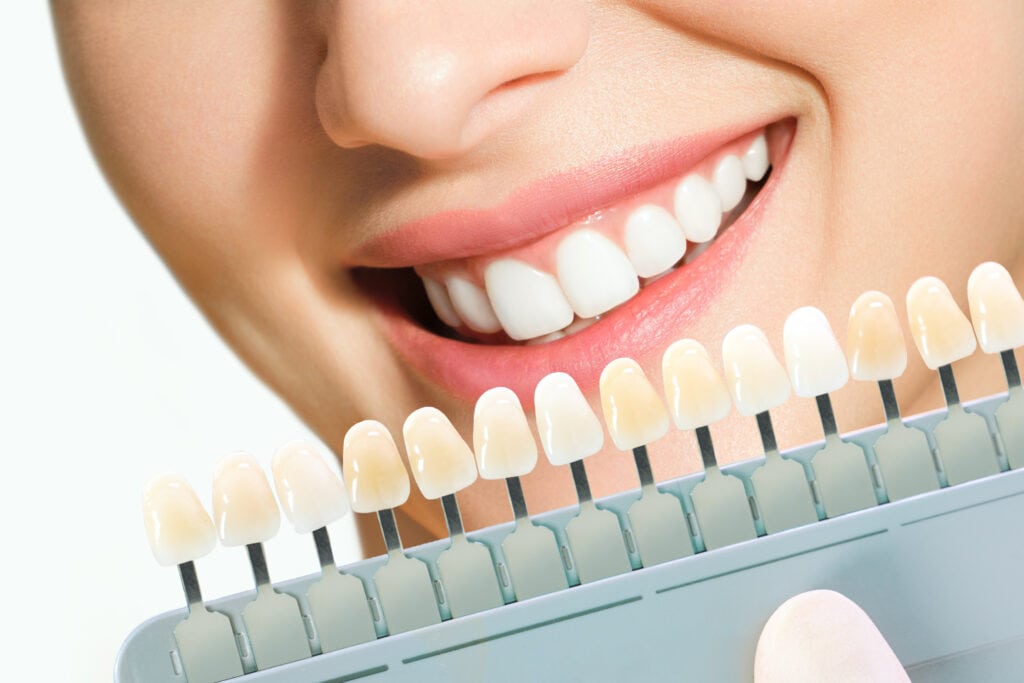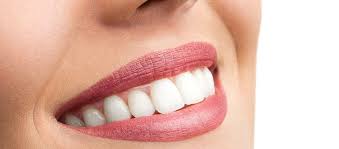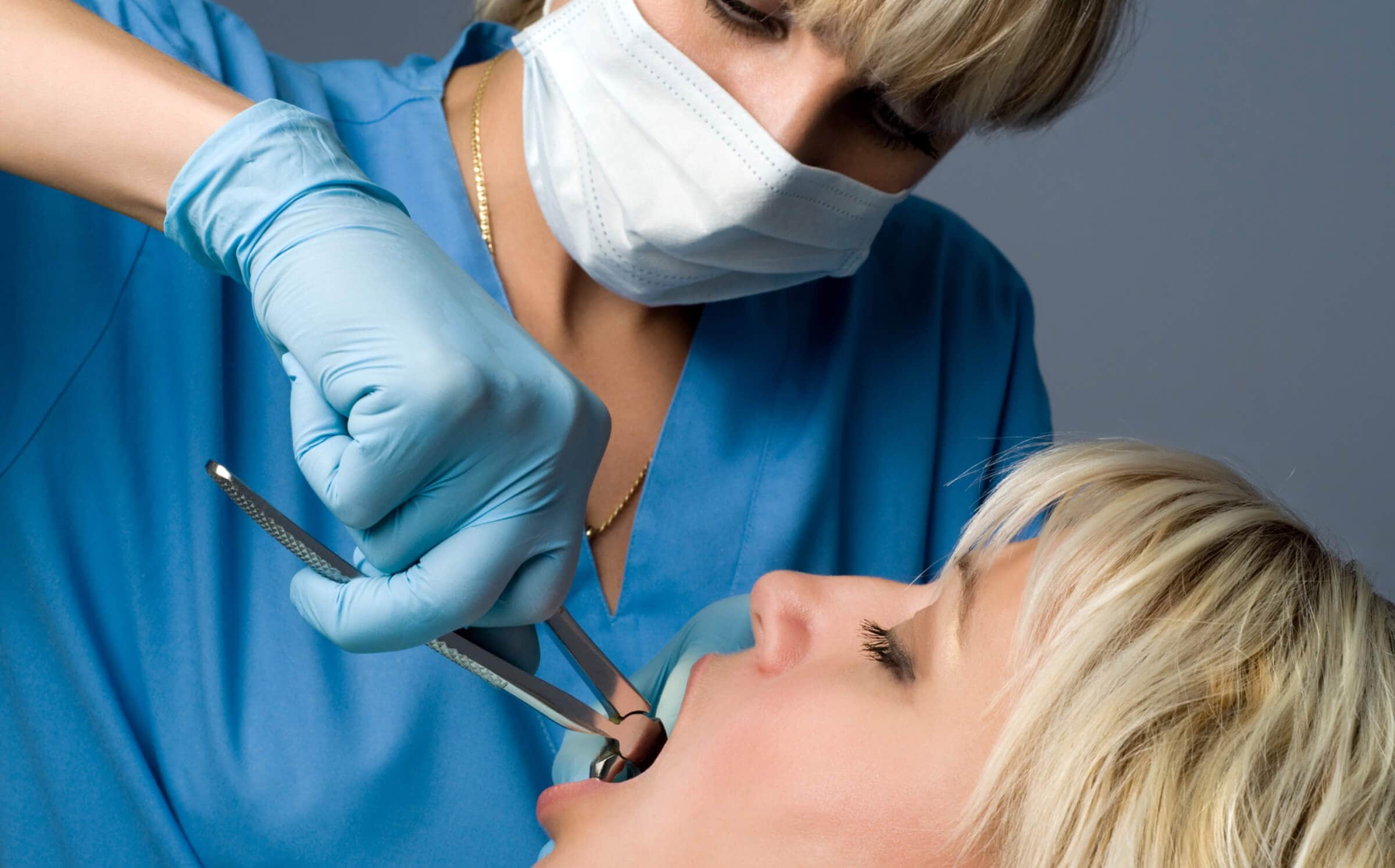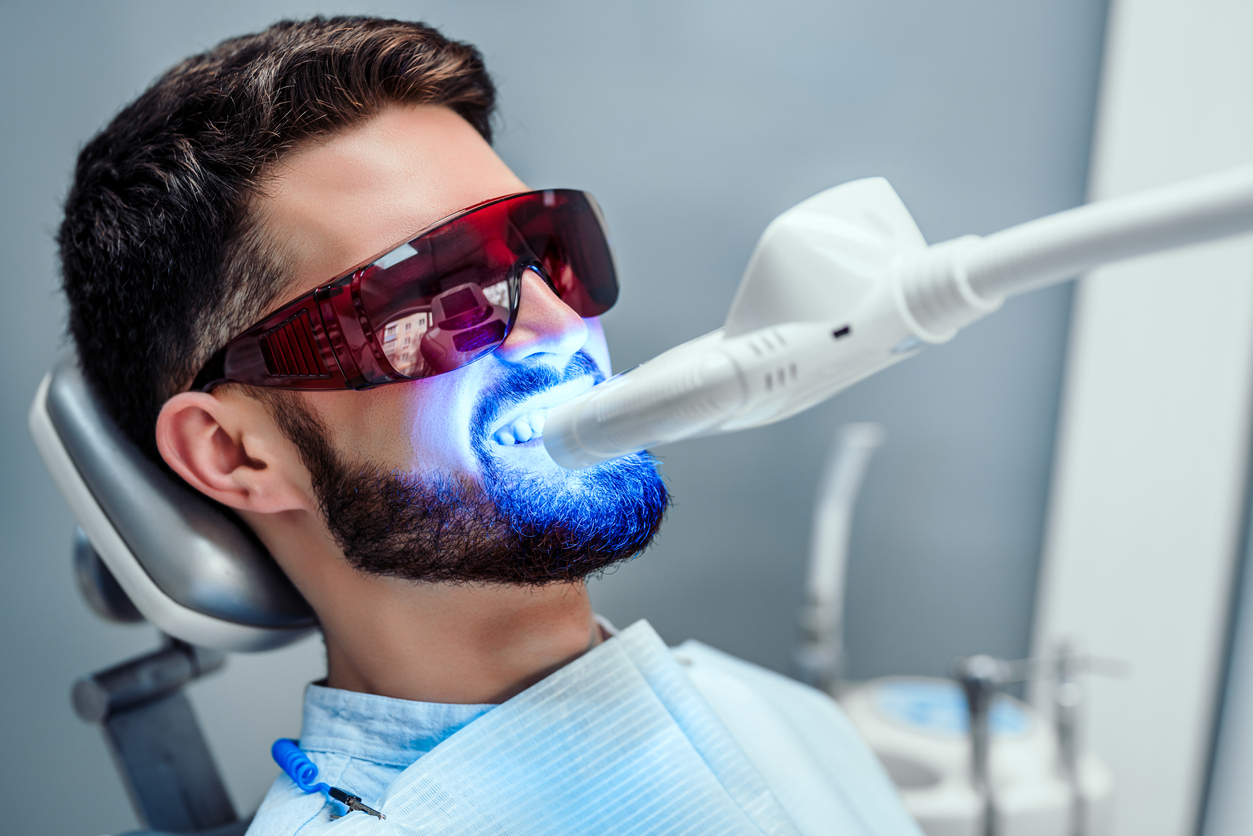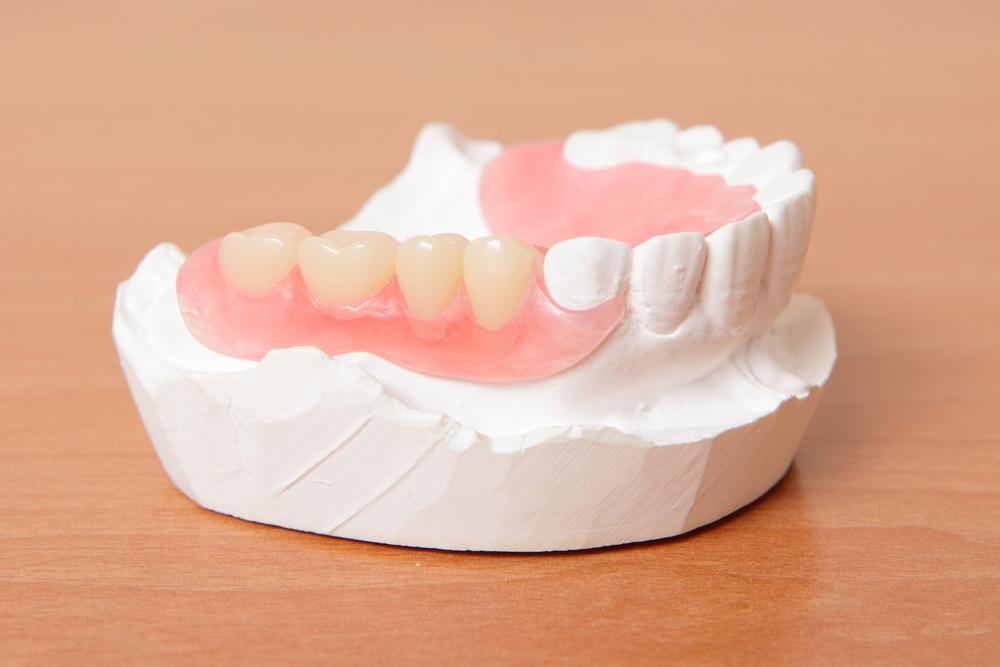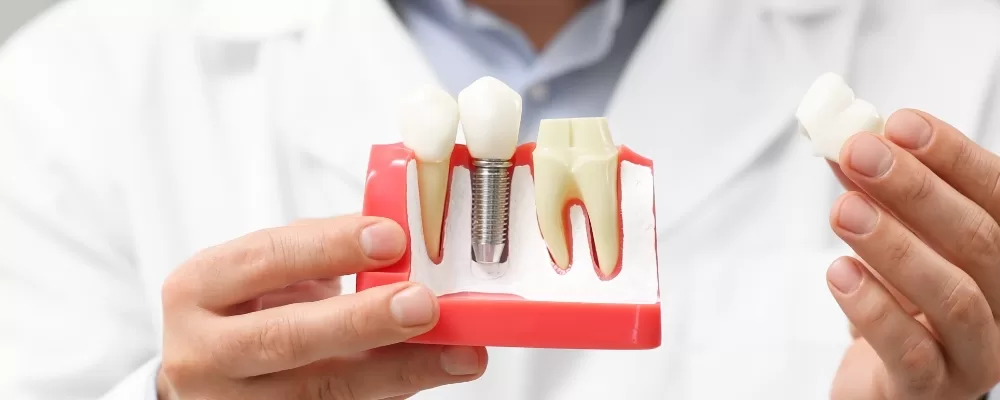 Website Copy Makeover – Turn Visitors into Buyers Instantly!
Website Copy Makeover – Turn Visitors into Buyers Instantly!
The Science Behind Dental Appliances: How They Work
Written by dental clinicdubai » Updated on: June 17th, 2025

Dental appliances are essential tools in modern dentistry, helping to improve oral health, restore function, and enhance the appearance of teeth. From orthodontic devices to mouthguards and retainers, these dental innovations are designed to solve a range of oral issues, from alignment problems to injury prevention. In Dubai, where access to cutting-edge dental technology is abundant, understanding the science behind dental appliances in Dubai is crucial for anyone considering them for their dental needs.
This article explores the science of how dental appliances work, their role in oral health, and the different types available to Dubai residents. Whether you’re considering braces, night guards, or orthodontic appliances, knowing the mechanics behind these devices can help you make an informed decision about your dental care.
How Dental Appliances Function:
1. Orthodontic Appliances: The Basics of Teeth Alignment:
Braces: Braces are one of the most well-known dental appliances used to straighten teeth. They work by applying gentle, continuous pressure on the teeth, gradually moving them into the desired position. The braces consist of brackets, archwires, and elastic bands, each playing a role in applying this pressure.
Brackets: Small metal or ceramic pieces attached to the teeth.
Archwire: The wire running through the brackets that applies pressure to the teeth.
Elastic Bands: Used to adjust the movement of teeth.
How They Work: As the archwire is tightened, it shifts the teeth slowly and consistently over time. The pressure applied causes the bone around the teeth to break down and reform, allowing the teeth to move. Over time, the teeth align into a straighter position, improving both the appearance and function of your smile.
2. Mouthguards and Their Protective Role:
Protecting Teeth from Injury: Mouthguards are essential dental appliances for athletes or individuals who grind their teeth during sleep. They work by absorbing and distributing the force of impacts, thus reducing the risk of dental injuries. Custom-fitted mouthguards are made from durable materials, ensuring maximum protection during contact sports like football, basketball, or rugby.
Shock Absorption: Mouthguards help absorb the shock of impact, preventing teeth from cracking or breaking.
Jaws and TMJ Protection: They also reduce strain on the temporomandibular joint (TMJ), helping prevent jaw pain or injury.
How They Work: When worn, mouthguards create a buffer between the upper and lower teeth, effectively absorbing pressure and force. This helps to protect the teeth, jaw, and gums from injury while ensuring that the individual can continue their activity with less risk of harm.
3. Dental Retainers: Maintaining the Results:
Post-Treatment Appliance: After orthodontic treatment, retainers play an important role in keeping teeth in their new position. Without a retainer, teeth may shift back to their original position over time. Retainers come in various forms, including fixed and removable types.
Fixed Retainers: These are placed behind the teeth and are not removable.
Removable Retainers: These can be taken out for cleaning and sleeping but are worn most of the time to maintain alignment.
How They Work: Retainers hold teeth in their newly aligned position, preventing them from shifting back. The retainer is designed to fit snugly against the teeth, ensuring that they stay in the correct position as the bone and tissues adjust to the new alignment.
The Science Behind Common Dental Appliances:
1. Bridges and Crowns: Restoring Teeth:
Crowns: A dental crown is a cap that covers a damaged tooth to restore its shape, size, and function. They are often used for teeth that are cracked, decayed, or weakened due to root canals.
How They Work: Crowns are cemented over the existing tooth, providing strength and restoring its function.
Bridges: Bridges replace missing teeth by attaching to adjacent teeth or dental implants. They consist of a false tooth anchored by crowns on the neighboring teeth.
How They Work: Bridges fill the gap left by missing teeth, helping restore function and improve the appearance of the smile.
2. Dental Implants: Replacing Missing Teeth:
Titanium Implants: Dental implants are surgically placed into the jawbone to replace missing teeth. Made of biocompatible titanium, implants fuse with the jawbone over time, providing a strong and permanent foundation for a dental crown or bridge.
How They Work: Implants mimic the root of a tooth and bond with the bone, creating a stable base for replacement teeth.
3. Sleep Apnea Appliances: Ensuring Better Sleep:
How They Work: For people suffering from sleep apnea, dental appliances can help keep the airways open during sleep. These devices reposition the lower jaw and tongue, ensuring that the airway remains unobstructed, reducing the frequency of apneas (pauses in breathing during sleep).
Mandibular Advancement Devices: These are the most common appliances used for sleep apnea, designed to move the lower jaw forward and improve airflow.
Materials Used in Dental Appliances:
1. Metals:
Durable and Long-Lasting: Materials like stainless steel and titanium are commonly used in appliances like braces, implants, and retainers due to their durability and strength.
Biocompatible: Titanium, in particular, is known for its biocompatibility, meaning it integrates well with the body without causing adverse reactions.
2. Plastics:
Flexibility and Comfort: Plastics like acrylic are often used in retainers, mouthguards, and dentures. These materials are flexible, lightweight, and can be molded to fit the contours of the mouth for comfort and efficiency.
Customizable: Plastics are easily customizable, allowing for personalized, well-fitting dental appliances.
3. Ceramics:
Aesthetic Appeal: Ceramic is often used in braces for individuals who prefer a more discreet appearance. Ceramic brackets are less noticeable than metal ones, offering a more aesthetic option for orthodontic treatment.
Stain-Resistant: Ceramic materials are also more resistant to staining, maintaining a clean, polished look throughout the duration of use.
Conclusion:
Dental appliances are a critical component in maintaining oral health and improving the function and aesthetics of your smile. From braces that align teeth to mouthguards that protect against injury, the science behind these devices ensures that they deliver tangible benefits for a wide range of dental concerns. Whether you are seeking a solution for tooth alignment, injury prevention, or sleep apnea, dental appliances in Dubai provide innovative options for every need. By understanding how these appliances work, you can make informed decisions to safeguard your oral health and achieve a more confident, healthy smile.
Readmore about: Sports Mouthguards: A Must-Have for Active Lifestyles
Note: IndiBlogHub features both user-submitted and editorial content. We do not verify third-party contributions. Read our Disclaimer and Privacy Policyfor details.
Copyright © 2019-2025 IndiBlogHub.com. All rights reserved. Hosted on DigitalOcean for fast, reliable performance.


